space
Race to the Moon: Here Are the Missions America and Its Rivals Are Planning by 2030
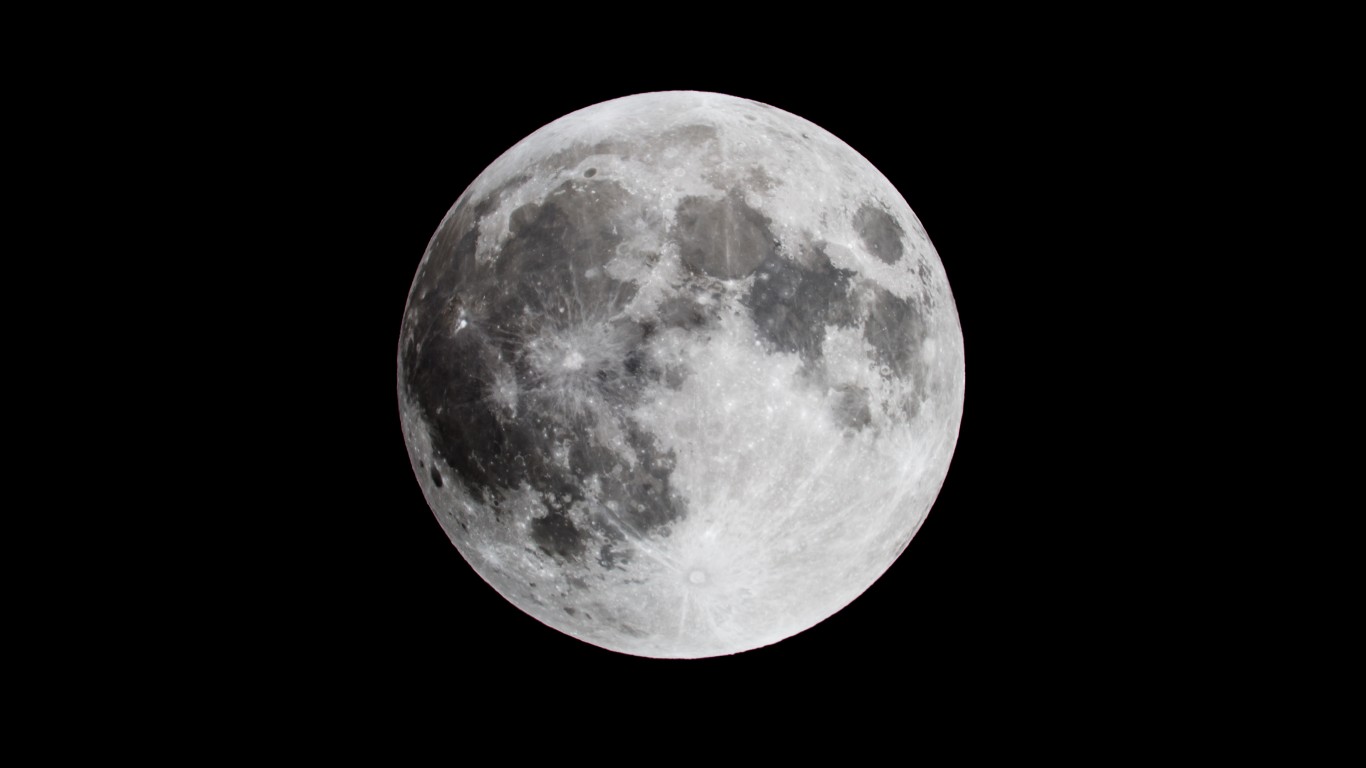
Published:

These are exciting times in space exploration, as more and more countries and private enterprises are mastering technology not only to orbit the Earth, but to reach to the Moon and beyond. In just the next five years, we can expect at least a dozen lunar missions that will put the human race light years forward in its a race to the stars.
Due to the expense and technological complexity of exploring the moon, it is more feasible when governments pool their efforts. The privatization of space travel is a hugely positive development that is bringing costs down to Earth. Check out: 2 Dividend Legends To Hold Forever and Discover “The Next NVIDIA”
Key Points
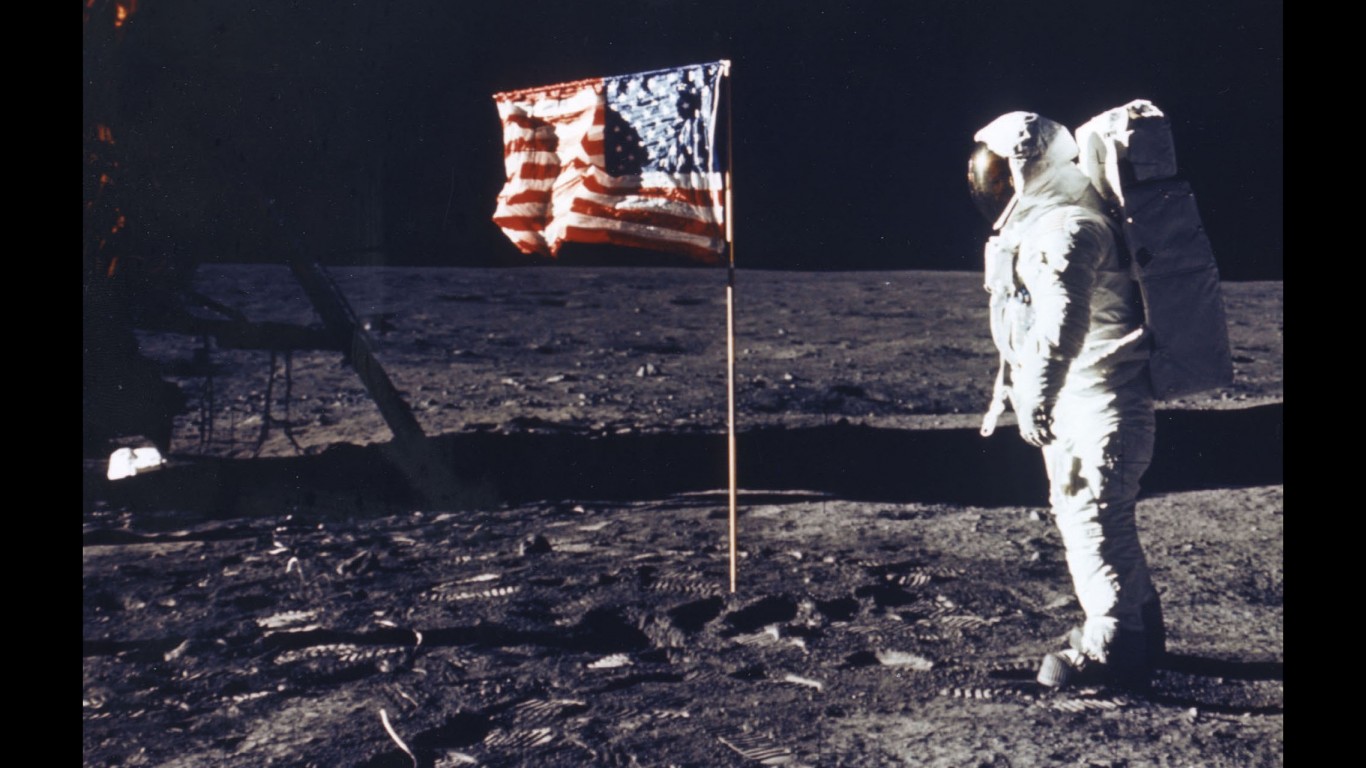
The U.S. landed men on the moon in 1969 as part of its multi-faceted Cold War struggle with the Soviet Union. While this could all seem an exercise in hubris, the practical side was a demonstration of technological prowess that could intimidate rivals and influence undecided countries to partner with Western democracies that appeared to be the wave of the future. In several successful missions, 12 astronauts in all walked on the lunar surface—a feat no other country has replicated to this date.
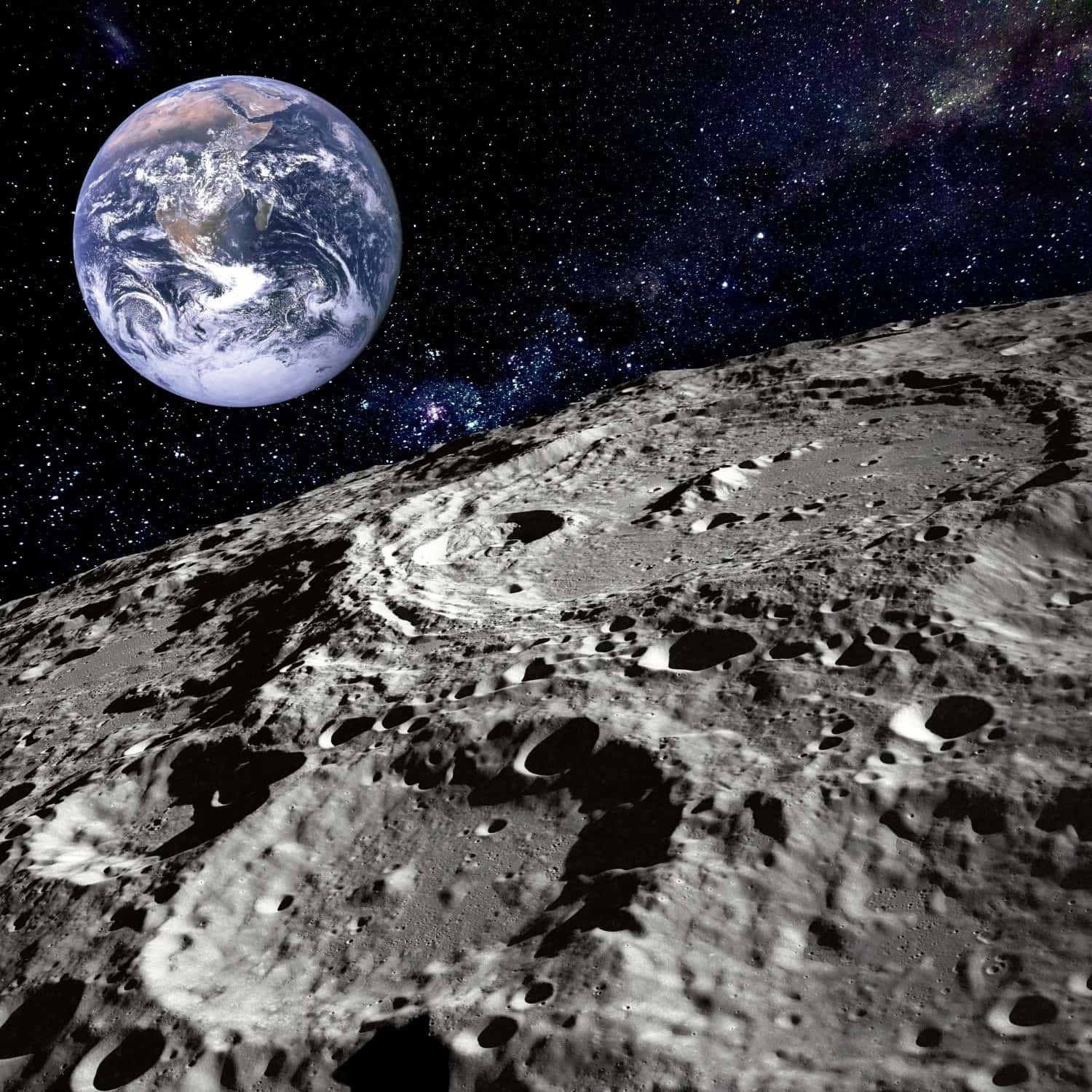
These days, multiple countries and private companies are actively planning lunar exploration missions, including in some cases landing people there. Today it is not an issue of ideology but a technological race to stake out powerful and profitable positions in space to exploit resources and gain military advantage.
The south pole of the moon is particularly hot property, as it has frozen ice under the surface that can be thawed for drinking water and horticulture or separated into its component elements for respiration or rocket fuel.
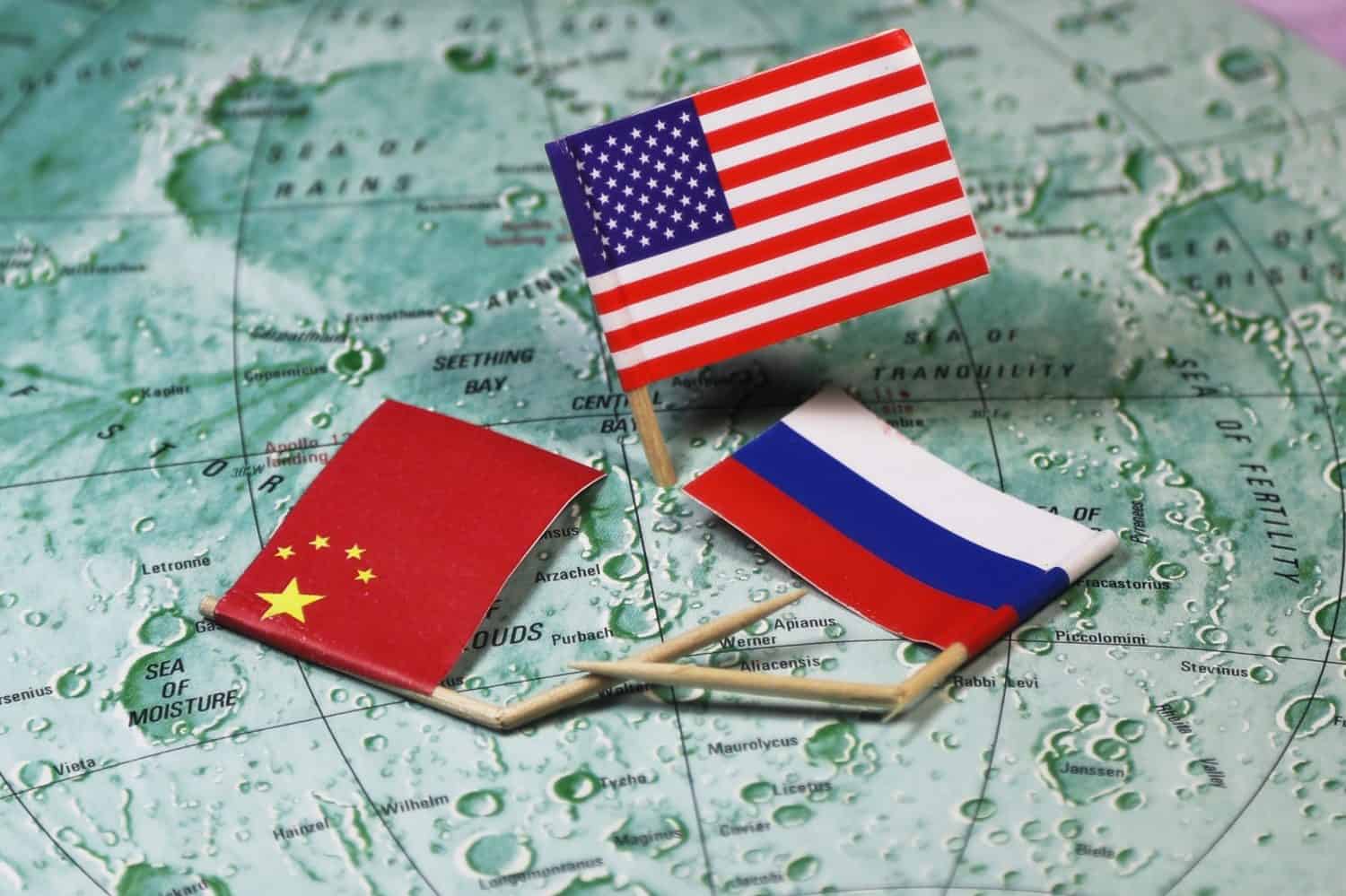
The United States, Russia, the European Space Agency, and China have been the big players in space exploration over the past half-century. Today, several rising economic and political powers are dramatically entering the scene with plans to reach the moon within the next 5 years.
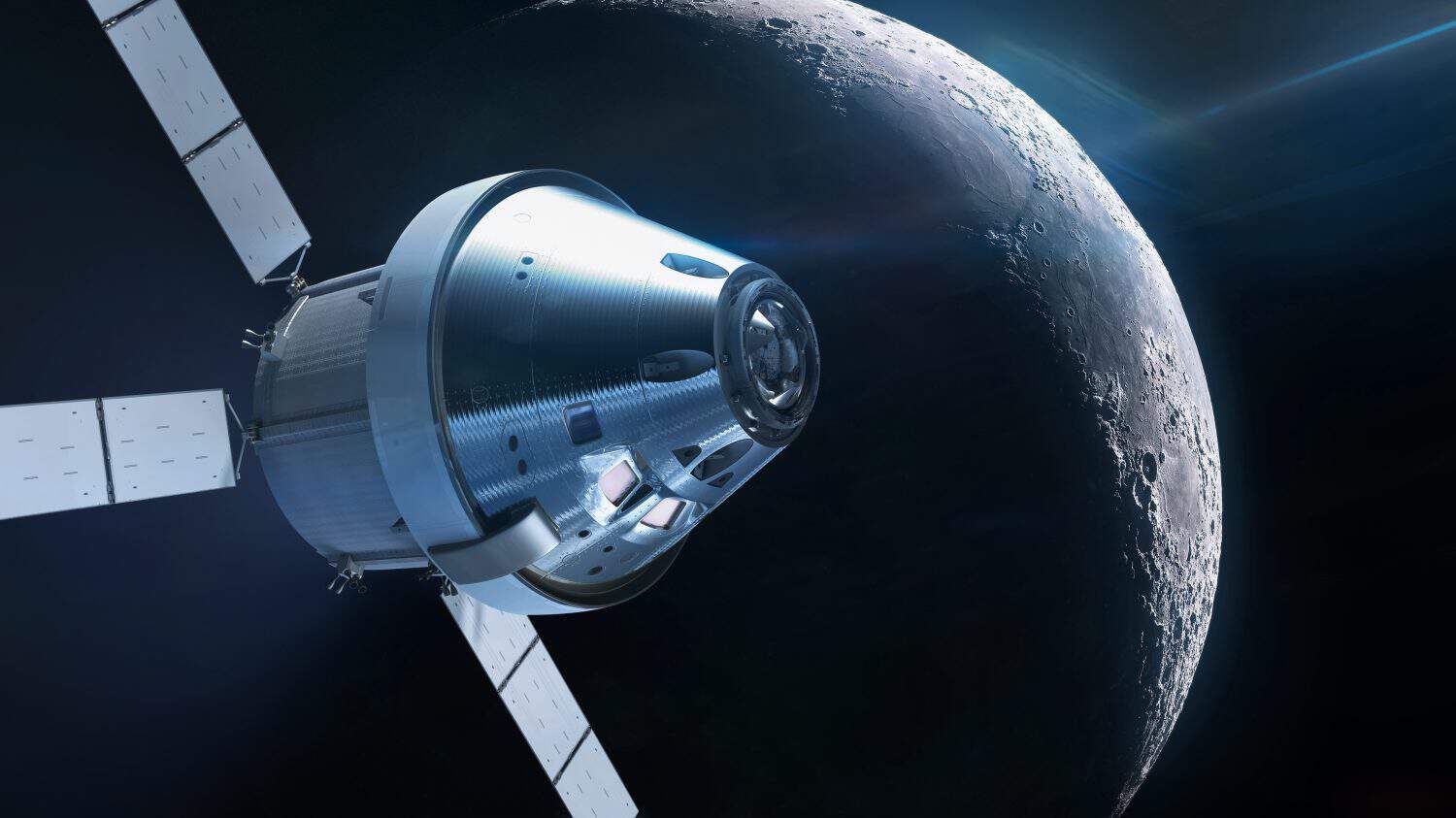
NASA is actively planning manned missions to the Moon, a lunar space station, and a base on the surface. This will be an international effort in partnership with several European countries as well as Canada, Australia, Japan, and the United Arab Emirates. Planned missions include:

The Australian space agency is working with NASA on a lunar rover that was named the “Roo-ver” in a contest by the public. This of course is a nod to “roos,” the colloquial term for Australia’s iconic kangaroos.
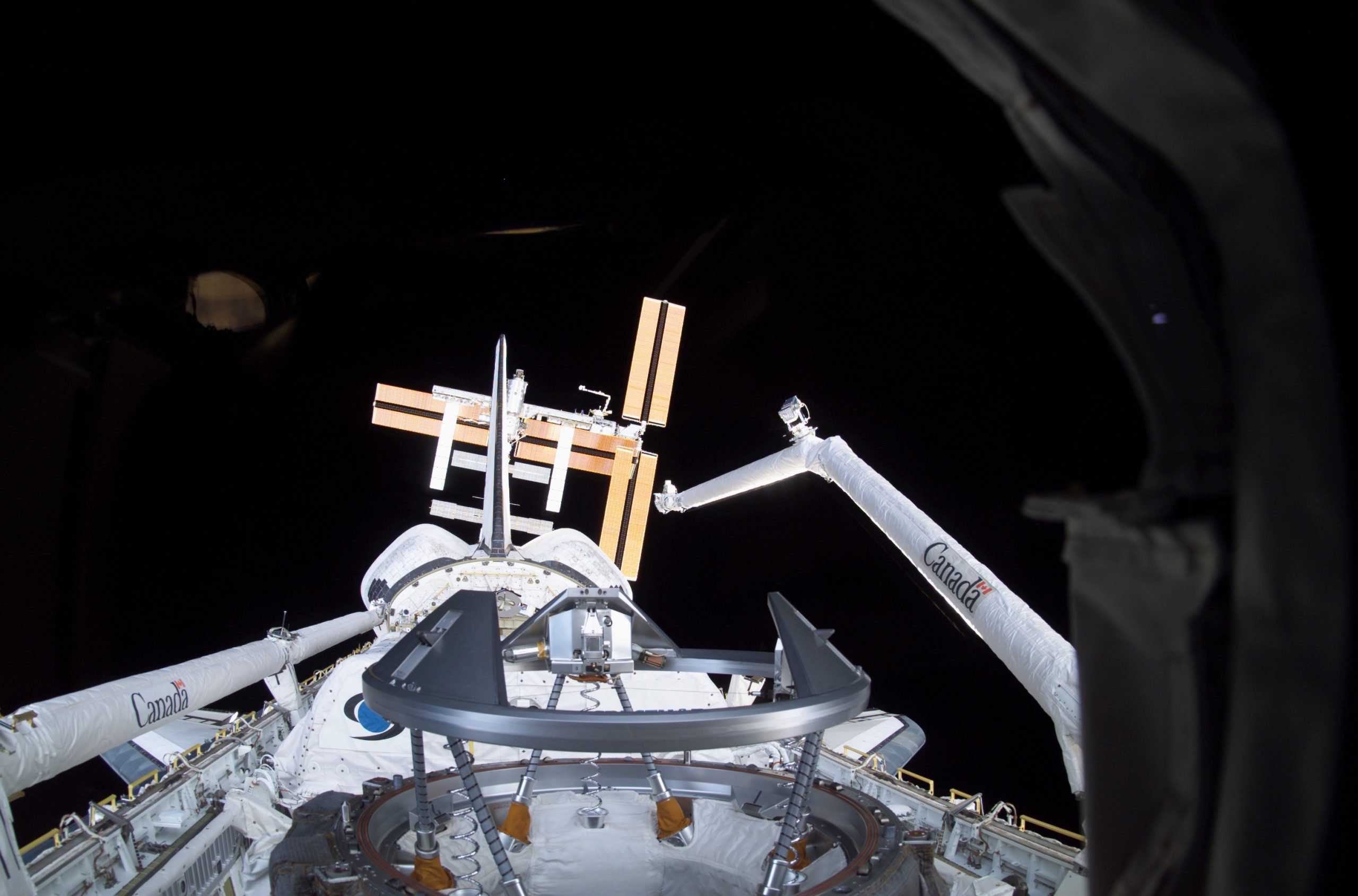
Canada developed the robotic arm used in the Space Shuttles and is doing the same for Gateway, the U.S.-led space station that will orbit the moon. Canada is also developing its own lunar rover. Canadian astronaut Jeremy Hansen will be a crew member of the Artemis II lunar mission.
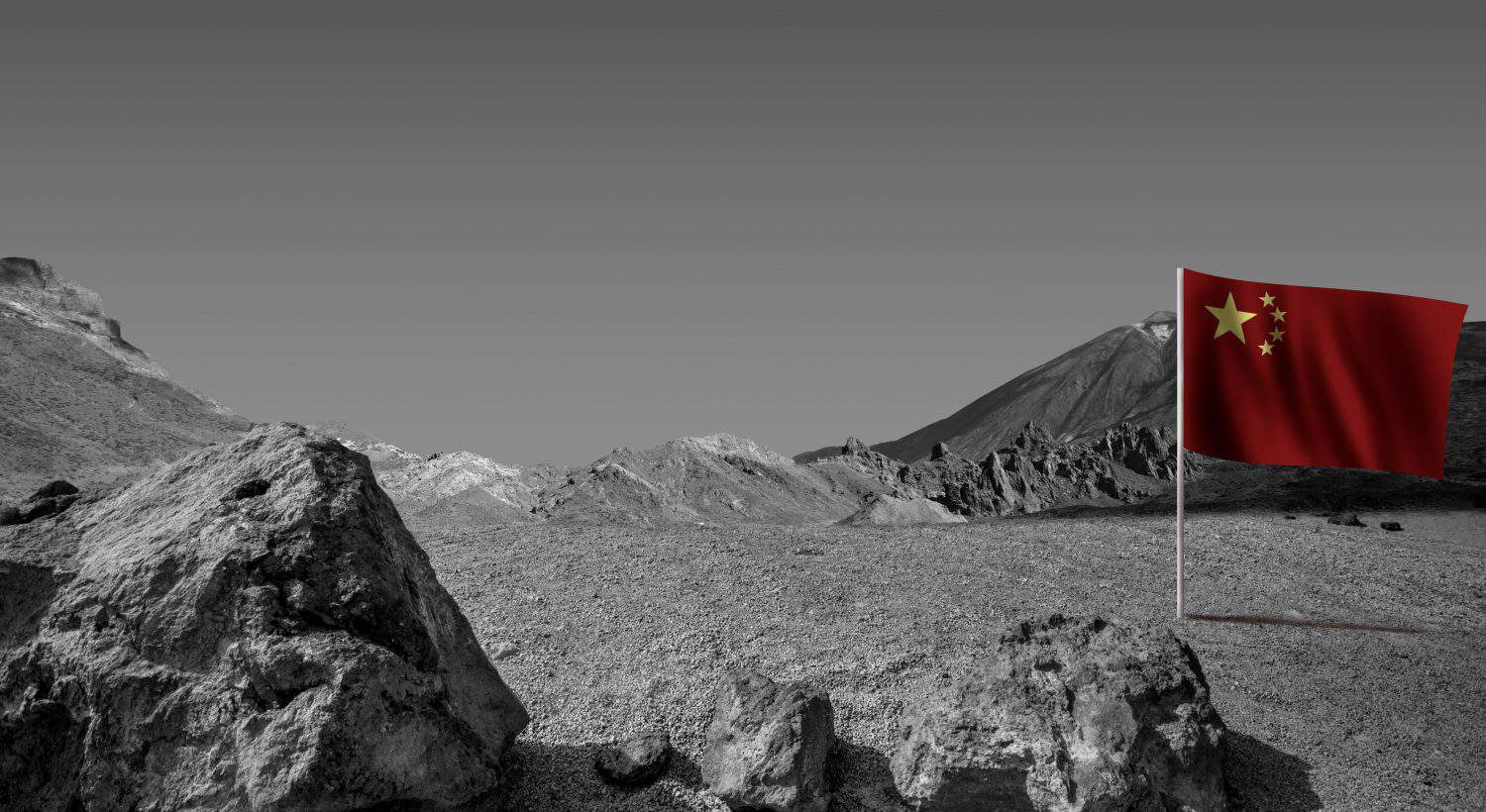
China has already successfully reached the moon with robotic orbiting craft and lunar landers and has returned soil samples to Earth. In 2023 The China Manned Space Agency announced plans to land two astronauts on the Moon by 2030. China and Russia have announced plans to build a Moon base near the lunar South Pole with participation from South Africa, Belarus, Azerbaijan, Venezuela, Pakistan, and Egypt.

Russia announced in 2023 it has plans to land cosmonauts on the Moon for the first time in their history and to build a moon base in cooperation with China and other countries starting in 2031. In August 2023, Luna 25, Russia’s first moon mission in 47 years, lost control and crashed onto the surface of the moon.
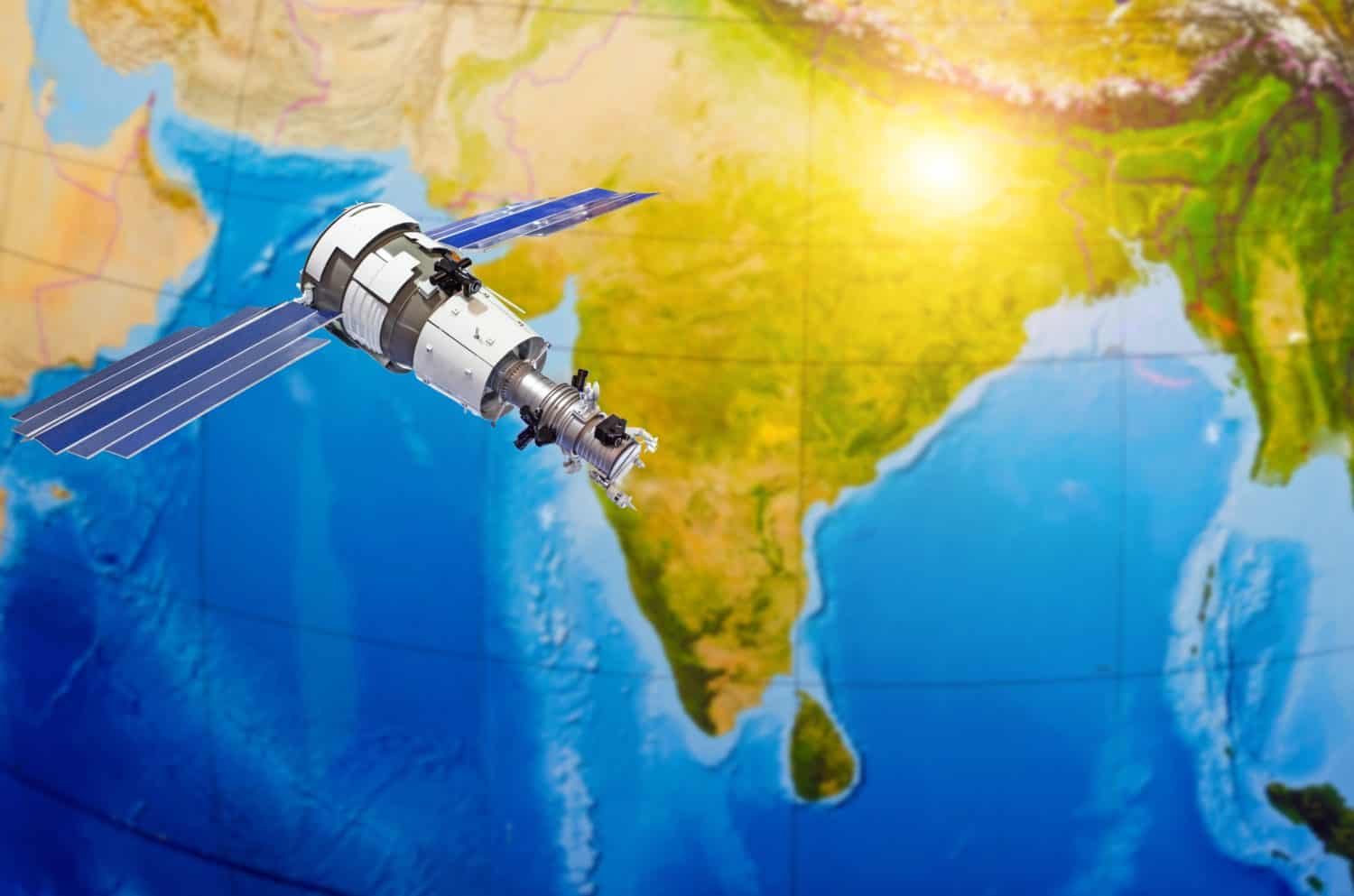
Since 2008, India has successfully placed a spacecraft in lunar orbit and used an impact probe to discover water molecules, but failed in an attempt to put a robotic lander on the surface. The Lunar Polar Exploration Mission (LUPEX), a collaboration with Japan, will launch in 2028 or 2029 and make another attempt at landing a probe on the surface.

The European Space Agency includes 22 member states, including the major technological leaders and economies: the UK, France, Germany, Italy, and Spain. The ESA had planned a collaboration with Russia on its Luna-27 mission but ended the partnership in 2022 in response to Russia’s invasion of Ukraine. The ESA plans to launch its Lunar Pathfinder mission in 2026, which will place a communications satellite in orbit to support future lunar missions. In 2031 it plans to launch Argonaut M1, a robotic lander that will be used to supply a future moon base.
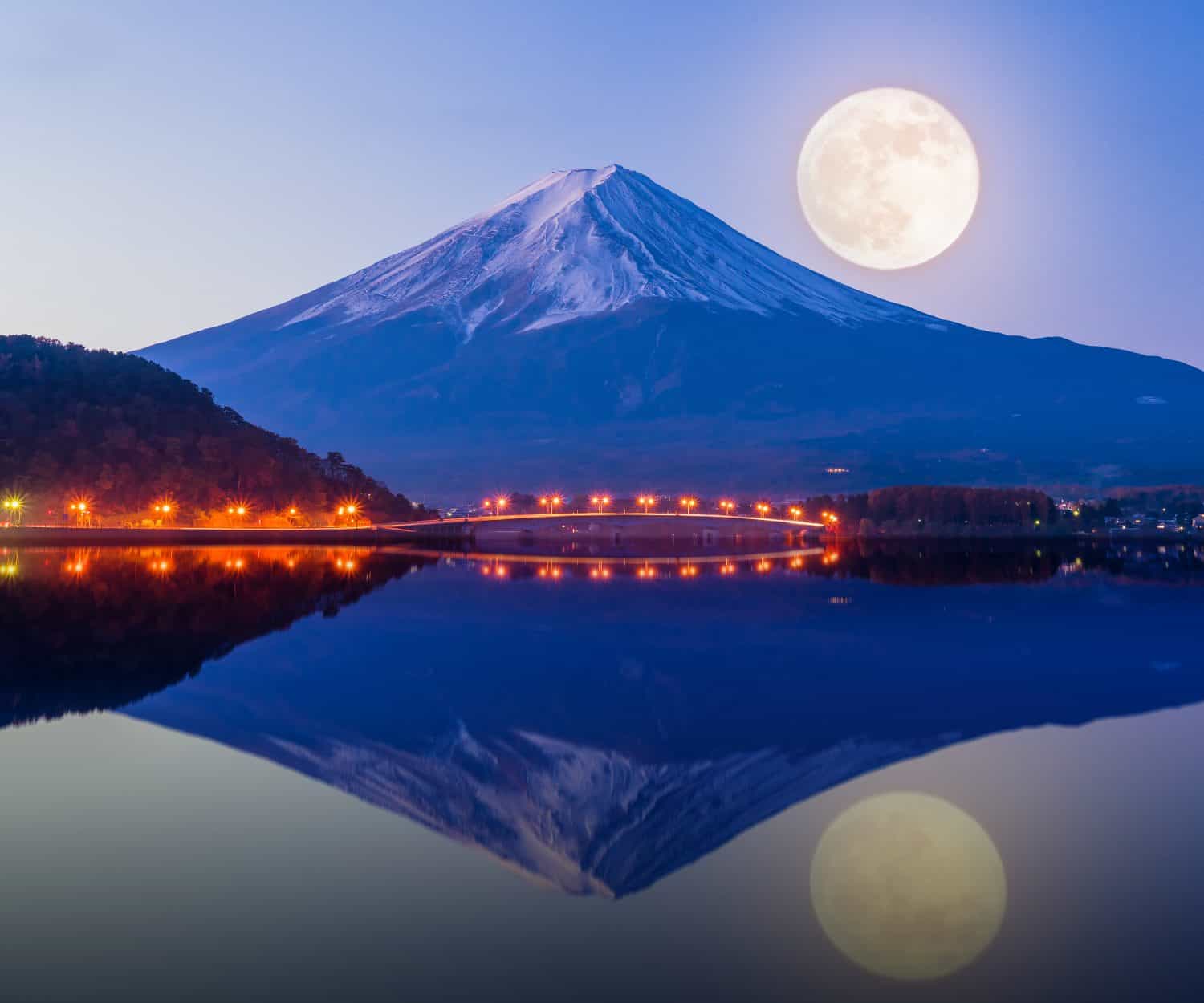
Japan’s national space agency is launching the DESTINY+ mission in 2025 to do a lunar flyby on its way to the asteroid 3200 Phaethon. In 2028-2029 Japan will provide a rover for India’s LUPEX mission.

A large number of private companies, mainly based in the United States, are planning lunar missions. Most of these are part of NASA’s Commerical Lunar Payload Services (CLPS) program that is contracting with private companies to deliver supplies to the moon. This is a list of private companies participating in various lunar missions from 2025-2030.

With all this intense effort and expense being poured into establishing a presence on and around the moon, humanity is becoming increasingly proficient at space travel. The competitive involvement of private industry is a positive development to make spaceflight more cost-effective and to distribute the cost to investors instead of taxpayers. Advances in artificial intelligence and quantum computing will advance the pace of technology exponentially. This should set us on a solid course for the exploration of Mars and beyond in the second half of the 21st century.
Are you ahead, or behind on retirement? For families with more than $500,000 saved for retirement, finding a financial advisor who puts your interest first can be the difference, and today it’s easier than ever. SmartAsset’s free tool matches you with up to three fiduciary financial advisors who serve your area in minutes. Each advisor has been carefully vetted and must act in your best interests. Start your search now.
If you’ve saved and built a substantial nest egg for you and your family, don’t delay; get started right here and help your retirement dreams become a retirement reality.
Thank you for reading! Have some feedback for us?
Contact the 24/7 Wall St. editorial team.